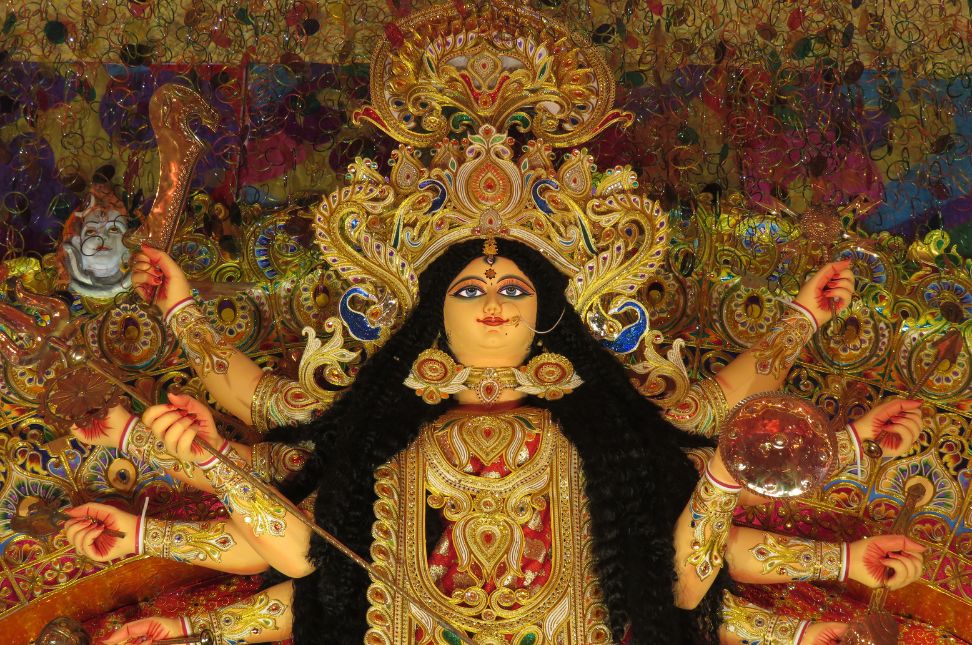Dussehra puja vidhi is a set of rituals and practices that hold immense significance in Hindu culture, particularly in India. Dussehra, also known as Vijayadashami, marks the victory of good over evil, symbolized by the defeat of the demon king Ravana by Lord Rama. The festival is celebrated with great fervor across the country, and the Dussehra puja plays a crucial role in invoking the blessings of the divine on this auspicious day.
Significance of Dussehra
Dussehra is celebrated on the tenth day of the Hindu lunar month of Ashwin, following the nine days of Navratri. It is believed that on this day, Lord Rama defeated Ravana, symbolizing the triumph of righteousness over sin. The Dussehra puja vidhi is performed to honor this victory and seek the blessings of deities for success, prosperity, and the removal of obstacles in life.
Preparations for Dussehra Puja
Before the Dussehra puja vidhi begins, thorough preparations are made to ensure that the rituals are conducted in the most respectful and auspicious manner.
- Cleaning the Puja Space: The first step in the Dussehra puja is to clean the puja space. This is done to purify the environment and make it suitable for worship.
- Setting Up the Altar: An altar is set up with an idol or image of Lord Rama, Goddess Durga, or other deities. The altar is adorned with flowers, garlands, and lamps.
- Gathering Puja Items: Essential items for the Dussehra puja include fresh flowers, fruits, incense sticks, diya (oil lamps), kumkum (vermilion), rice grains, sandalwood paste, and offerings such as sweets and betel leaves.

Step-by-Step Dussehra Puja Vidhi
- Sankalp (Taking the Vow): The Dussehra puja vidhi begins with taking a vow or Sankalp. The devotee takes water in their hand, recites a mantra, and vows to perform the puja with devotion and sincerity.
- Invocation of Deities: The next step in the Dussehra puja involves invoking the deities. The devotee prays to Lord Ganesha to remove any obstacles in the puja, followed by prayers to Lord Rama, Goddess Durga, and other deities.
- Offering of Flowers and Sweets: Fresh flowers and sweets are offered to the deities as a symbol of devotion. This is an integral part of the Dussehra puja vidhi, signifying the surrender of worldly desires to the divine.
- Aarti: The Dussehra puja includes the performance of Aarti, where a lamp is lit and waved in front of the deities while singing devotional hymns. This ritual is believed to ward off negative energies and invite divine blessings.
- Offering Naivedyam: In the Dussehra puja, Naivedyam, or food offerings, are made to the deities. This usually includes traditional sweets like laddoos, fruits, and other delicacies prepared for the occasion.
- Recitation of Mantras: Mantras dedicated to Lord Rama and Goddess Durga are recited during the Dussehra puja vidhi. These mantras are considered powerful and are chanted to invoke divine blessings for protection and prosperity.
- Prayers for Victory: Dussehra symbolizes victory over evil, and during the Dussehra puja devotees pray for success in their endeavors and the removal of any obstacles in their path.
- Visarjan (Concluding the Puja): The Dussehra puja vidhi concludes with the Visarjan, where the deity is thanked for the blessings and the puja items are respectfully immersed in water or kept aside.
Symbolic Activities During Dussehra
Apart from the Dussehra puja, the festival is marked by several symbolic activities that reinforce the theme of victory over evil.
- Ravana Dahan: In many parts of India, effigies of Ravana, Meghnath, and Kumbhkaran are burned, symbolizing the destruction of evil forces. This act is a public spectacle and a key part of the Dussehra puja celebrations.
- Ayudha Puja: In South India, as part of the Dussehra puja vidhi, people perform Ayudha Puja, where they worship their tools, vehicles, and instruments, acknowledging the divine presence in their daily activities.
- Shami Puja: The worship of the Shami tree is another ritual observed during the Dussehra puja vidhi. It is believed that the Pandavas hid their weapons in a Shami tree during their exile, and worshipping it brings success and protection.
Conclusion

The Dussehra puja vidhi is a comprehensive ritual that encapsulates the essence of the festival. It is a time for spiritual reflection, renewal of faith, and seeking divine guidance. By following the Dussehra puja with devotion, devotees can connect with the divine and embrace the victory of good over evil, which Dussehra symbolizes.
As the flames of Ravana’s effigy rise to the sky, they remind us of the eternal truth that righteousness will always prevail. The Dussehra puja vidhi is not just a set of rituals but a journey towards inner peace, spiritual growth, and the triumph of good over evil in our own lives.




